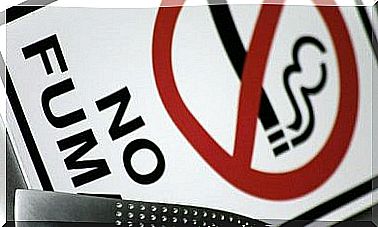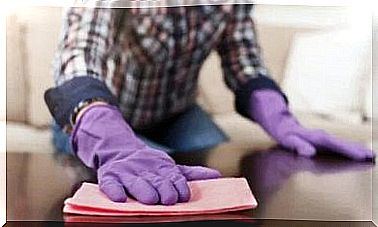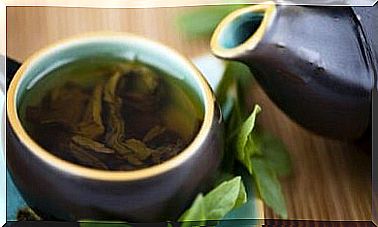Sprained Knee: Causes, Symptoms And Recommendations
Sprained knee is a pathology often associated with sport, but it does not only concern athletes. It can occur following a false movement of the lower limbs or a domestic accident.
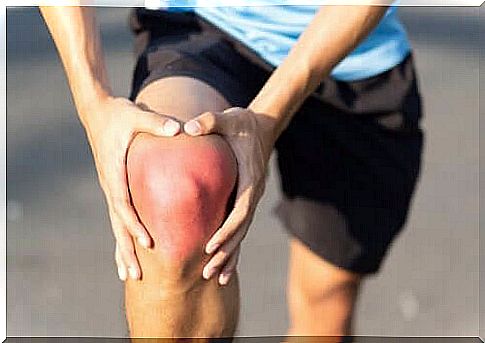
The knee sprain is actually a generic name to designate other more specific pathologies related to this joint. It does not exist as such, because its treatment depends on the injured ligament. We are dealing with a complex region of the body, especially when it comes to its soft tissues.
We talk about a sprain when the ligaments stretch beyond what they should. They exceed their limit and injure themselves, which leads to the loss of their characteristic elasticity. In the case of the knee, the tissues concerned are the cruciate ligaments (those that are in the joint), the lateral ones (on the outside) or the internal ones.
Causes of sprained knee
A sprained knee can have many causes, especially if we take into account that each ligament can be injured according to its own mechanism. The latter will not be the same for the cruciate ligaments as for the lateral ones, for example.
Athletes are the most exposed to this injury. In each discipline, there is a major or minor risk of distending one or the other tissue. But as we well know, it is possible to suffer from this disorder at home, following an everyday accident.
For example, you can get your foot stuck in a poorly placed block and cause the lower limb to twist on itself. In addition, sports such as football carry a high risk of injury to the cruciate ligaments.
Another common cause is frontal car crashes, as they can involve compression of the limbs. In the case of the lateral ligaments, it is a sport like rugby which can cause a sprain, because of the lateral blows between players.
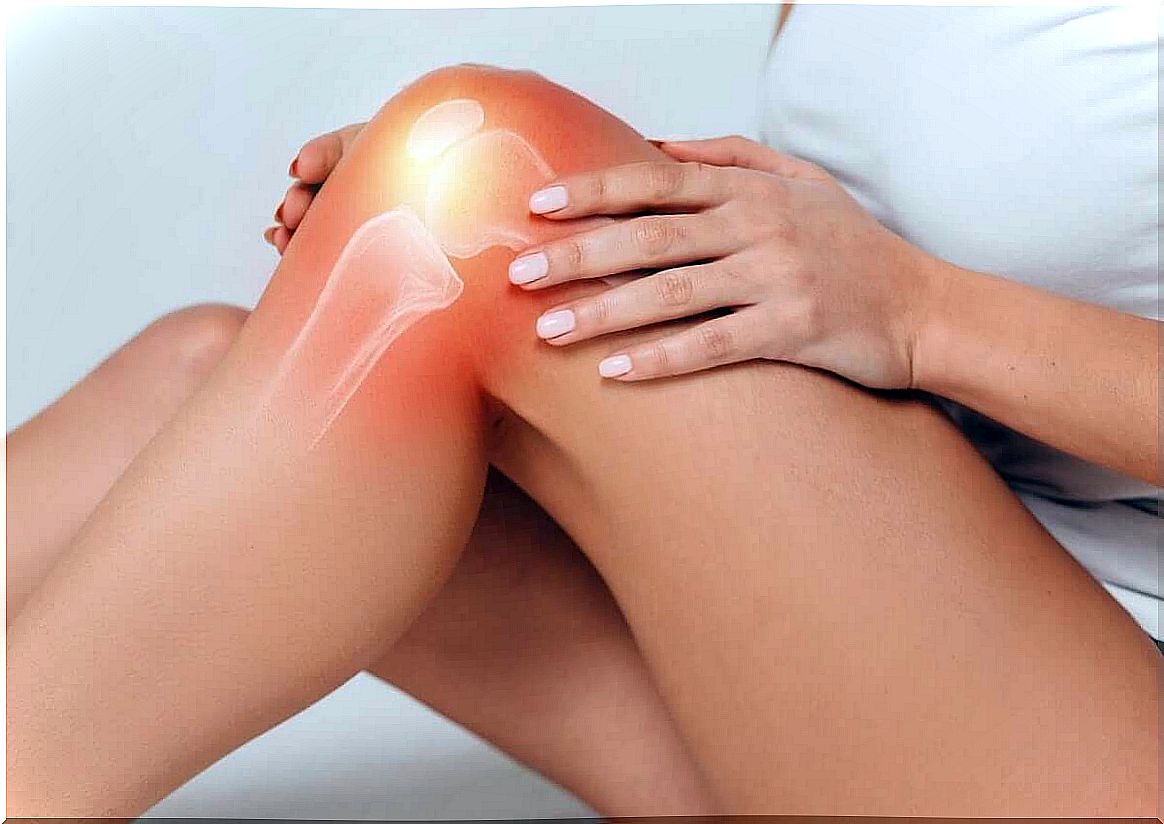
Degrees of injury severity
A knee sprain is classified into several degrees, depending on its severity. This classification is usual in ligament distension and determines the appropriate treatment.
First degree
The first degree knee sprain is the mildest form. Usually, the person entering this clinical setting has persistent symptoms of mild pain and somewhat reduced mobility. This type of sprain occurs when some ligament fibers are stretched, but not all. There is also no breakage, so it is unlikely that a bruise will appear in this area.
Second degree
According to the trauma classification, this degree of knee sprain involves a rupture of more than half of the ligament concerned. Knee functionality is moderate and ongoing activity should be discontinued. The pain is crippling, to the point of being forced to rest.
Third degree
The most serious form is the rupture of the ligaments. Most often, it can be a total rupture of one of the cruciate or lateral ligaments. The situation is serious and requires surgery to repair the damage.
The knee then remains immobilized for the time necessary for the injury to rest and heal. Bruising may appear, indicating tissue rupture.
Symptoms of sprained knee
We can say that pain is the characteristic sign of these sprains, regardless of the ligament affected. What can vary is the location of the pain and its onset depending on this or that movement. The cruciate ligaments are sensitive to moving back and forth, while the others do not like moving sideways.
The handicap will be commensurate with the degree of seriousness. In mild cases, you can continue walking, but not running. From the second degree, rest is almost compulsory.
The knee and its soft tissues can become inflamed. Its development will depend on the position taken by the injured person. Indeed, if the lower limb is lengthened and raised, the fluids can be redistributed and de-inflamed the area thanks to gravity, which also relieves the pain. On the contrary, if you don’t rest, the inflammation will increase and put pressure on the nerves and arteries.
The hematoma varies from case to case. As the ligaments are not vascularized, their rupture does not result in subcutaneous blood flow. The surrounding tissues, on the other hand, are vascularized and can cause internal bleeding if they are affected. For the second and third degree of severity, it is therefore usual to observe a change in the color of the skin because of this blood extravasation.
Possible treatments
Although the treatment of a knee sprain depends on the ligament concerned and the degree of severity, we find roughly the same means in all cases:
- Medication : Pain relievers and anti-inflammatory drugs are prescribed by doctors to relieve symptoms. They do not solve the original problem.
- Rest : this is one of the keys to healing. The joint should rest to aid natural healing, if possible. In the event of total rupture, rest will be indicated while awaiting surgery.
- Immobilization : Applying a bandage can help reabsorb extravasated fluids, as well as supporting the knee for pain relief. In the most serious cases, we will opt for a rigid cast or a splint system with external supports to ensure stability. Elastic knee pads are a possible option for first degree injuries.
- Surgery : The third degree of sprained knee requires surgery in order to repair the torn ligaments. The trauma surgeon will decide on the best technique to promote postoperative recovery. As this is a complicated situation, one can expect the recovery to be slow.
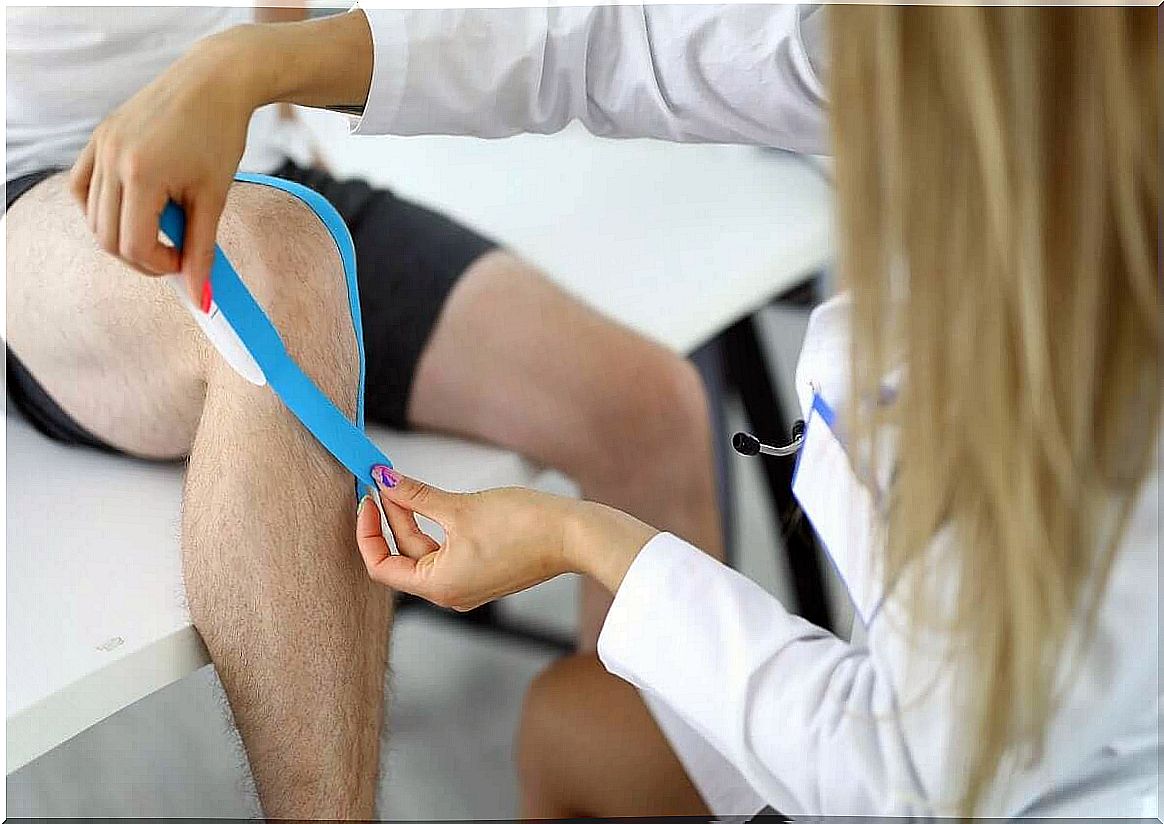
Recovery
The process of recovering from a sprained knee takes place in different stages. The first is rest, which is almost compulsory in all cases. Patients must respect this to ensure good progress and regain their initial quality of life.
In all cases, the slowness of healing must be taken into account. The usual duration is one month, but if one has gone through the surgery, this period can go from the simple to the double. All the more so if one plans to resume an advanced sporting activity, which then implies a rehabilitation plan which can take 3 to 6 months.
As for physiotherapy, it will be up to the physiotherapist to define the best approach. It can perform mechanical and manual maneuvers or integrate ultrasound and magnetism. Count a minimum of 10 sessions.
Can we prevent a knee sprain?
In sports, the prevention of injuries associated with practice is a subject that fuels a lot of literature. What is certain is that you can prevent a knee sprain if you take care during the exercise and take care to warm up your muscles and not to exhaust them.
In any case, there are accidents which, as the name suggests, are inevitable. Having suitable footwear can reduce the risk of tripping, but it won’t protect you from a head-on collision, for example.
Your physical condition can also help prevent this injury. People with toned lower limb muscles are less likely to sprain because these tissues act as joint stabilizers.
In the event of pain or inflammation of the knee, it is recommended to consult a doctor. The first-degree sprain may not be noticed when it occurs, and may continue to progress slowly. The consultation allows at this time to prevent its evolution to avoid damaging the ligament more than it already is.






